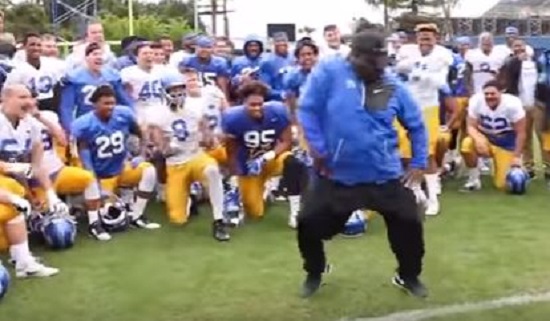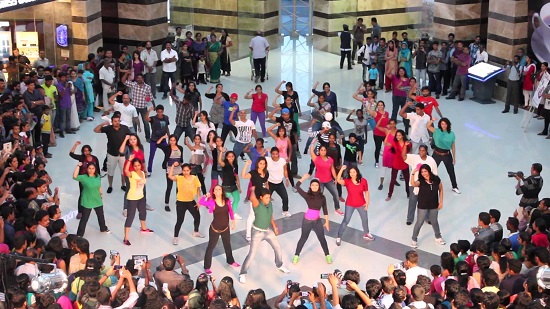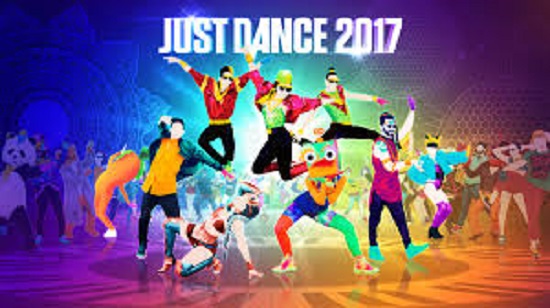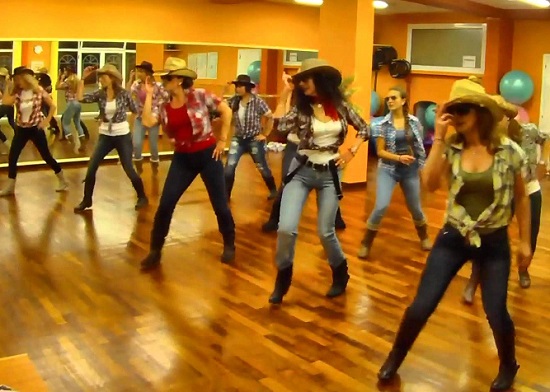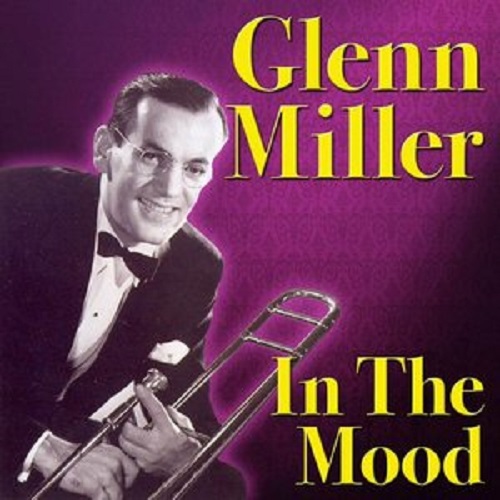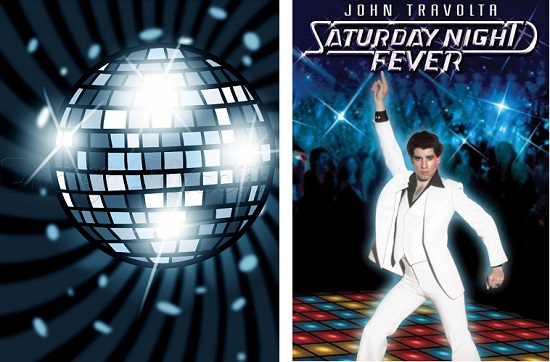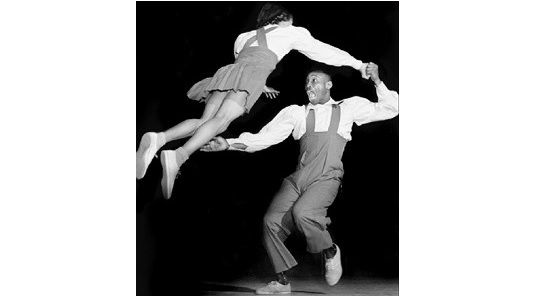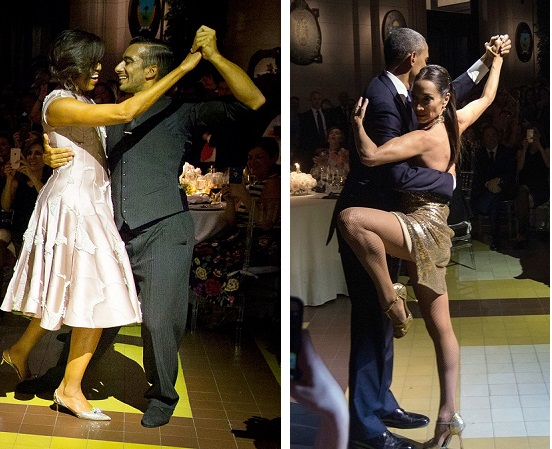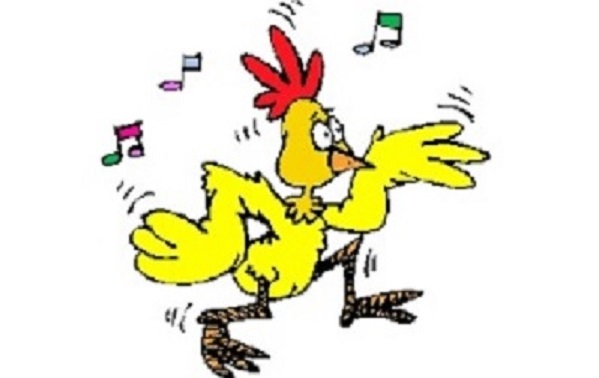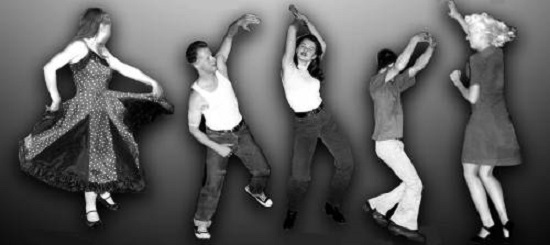
One of the challenges that beginning social dancers, especially men, often have is that they can’t feel the beat of the music. But if you can feel the beat, you were born knowing how to do freestyle dancing. Sure saves a lot of time and money taking dance lessons. And unlike most other social dances, where you can see qualified teachers demonstrating most of the figures, our web surfing suggests that you can’t learn much from watching online videos. One website suggested learning how to tap dance or do hip hop. Well, tap dancing is a long-known form of dancing that takes a considerable amount of learning and practice.
And hip hop (with some of its included variations) came about because people didn’t know, or didn’t care for, the well-established social dances, so perhaps it IS one form of freestyle. And the hip hop variety of “freestyle” today has its own set of figures, e.g., popping, locking, waving, robotics, and gliding.
Starting about 1960 there were a whole bunch of simple dances done by individuals (often male-female pairs but not touching). The first one was probably the Twist, which was said to have killed couples touch dancing. Others were the Chicken (NOT the polka-based Chicken Dance), from which came the Hully Gully (which was based on the Frug (which to us looked like a variation of the Twist in which the hips moved up and down (sort of an in-place Cuban motion in the classical Latin dances like rumba and cha cha), rather than twisting horizontally.
What one often sees today (from folks just having fun) on a “club” dance floor (as distinct from a larger “ballroom” dance floor) looks more like exercise than dance, with more repetitive tap-step, tap-step, … than anything taught in any dance studio or choregraphed by a professional.

